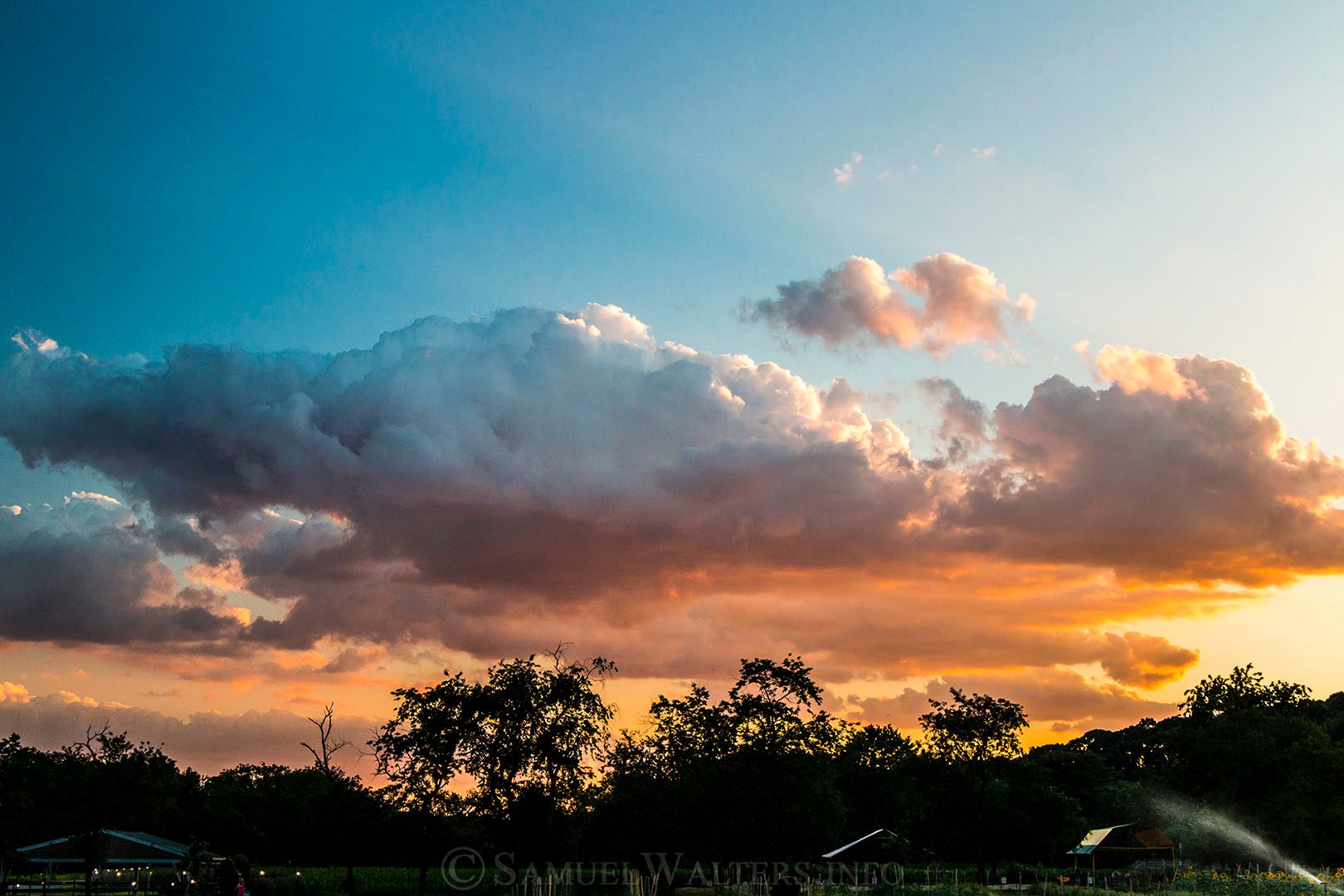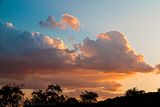Do you have a question about what camera to use (DSLR or smart phone)? Want some specific feedback on your photos? Would you like to hear what others were thinking when they took (and processed) their own photos? Have questions about photography in general, or concepts specifically? Hopefully that's what this thread becomes!
What this thread is intended to be:
I would like this to be a place to discuss all things photography, including: cameras, photos, styles, settings, techniques, and so on.
What this thread is not intended to be:
A place to just post photos in bunches, without commentary about the photos themselves, or commentary on the photos posted by others. We have the Picture Post thread for personal and family photos, as well as sets of photos, and I'd like to distinguish this thread from that one.
Some requested guidelines:
And that's it! Depending on how active the thread becomes, I had other thoughts for the thread, too. For example, we could have monthly photo challenges/studies where we could discuss one idea (b&w, patterns, rule of thirds, abstract, etc.), take photos based on the discussions, then share and talk about the results. But that'll depend on how the thread goes, I suppose.
But, to get started:

Last week, I attended the annual Thunderbird Pow Wow at the Queens County Farm Museum. As the sun was setting, this cloud formation lumbered by. I was struck not only by the cloud shapes, but the colors, too. I took this with my Canon 70D, and processed it using Lightroom 5, where I focused on adding some color saturation and contrast, while bringing out of the farm detail in the bottom of the image.
What this thread is intended to be:
I would like this to be a place to discuss all things photography, including: cameras, photos, styles, settings, techniques, and so on.
What this thread is not intended to be:
A place to just post photos in bunches, without commentary about the photos themselves, or commentary on the photos posted by others. We have the Picture Post thread for personal and family photos, as well as sets of photos, and I'd like to distinguish this thread from that one.
Some requested guidelines:
- If you'd like feedback on your own photos, please participate in providing feedback for others.
- If you'd like to have comments on your own photography, please try to post only one photo at a time (or perhaps a couple of different variations of the same shot, if you're having trouble deciding which one you like best). This will hopefully invite deeper, more thoughtful comments.
- Comments from non-photographers are welcome!
- Please be honest, but constructive and supportive with any feedback you do provide. I'd like this to be a welcoming, inviting thread for enthusiasts and casual photographers. And hopefully encourage a few non-photographers to try their hand with it.
- Please provide some background on the photos you do provide for commentary (where you were, what you were thinking, what camera and settings you used, etc.).
- Ask questions! They'll help keep the thread going!
And that's it! Depending on how active the thread becomes, I had other thoughts for the thread, too. For example, we could have monthly photo challenges/studies where we could discuss one idea (b&w, patterns, rule of thirds, abstract, etc.), take photos based on the discussions, then share and talk about the results. But that'll depend on how the thread goes, I suppose.
But, to get started:

Last week, I attended the annual Thunderbird Pow Wow at the Queens County Farm Museum. As the sun was setting, this cloud formation lumbered by. I was struck not only by the cloud shapes, but the colors, too. I took this with my Canon 70D, and processed it using Lightroom 5, where I focused on adding some color saturation and contrast, while bringing out of the farm detail in the bottom of the image.


 Great picture! I love what you've done with this one. Your composition is good. Has the feel of people going about their day.
Great picture! I love what you've done with this one. Your composition is good. Has the feel of people going about their day. 





